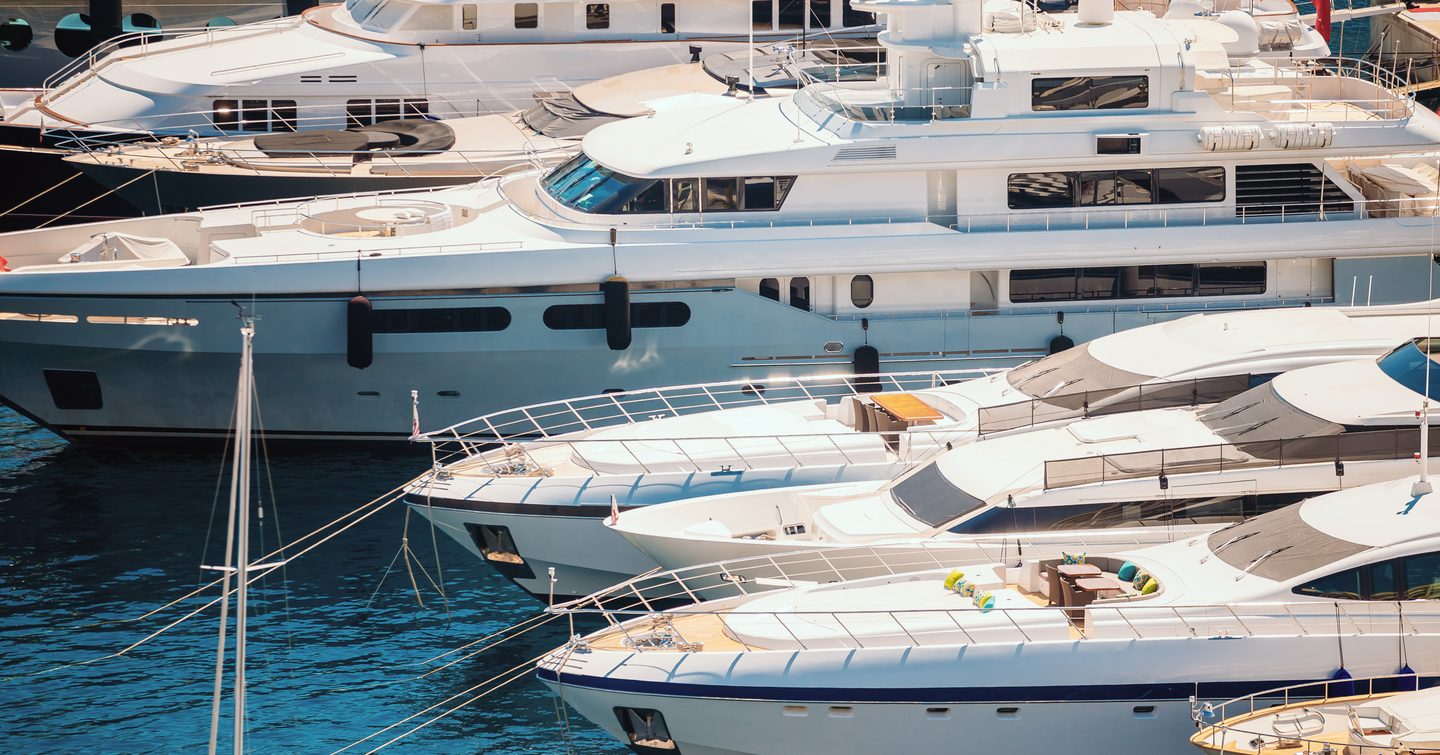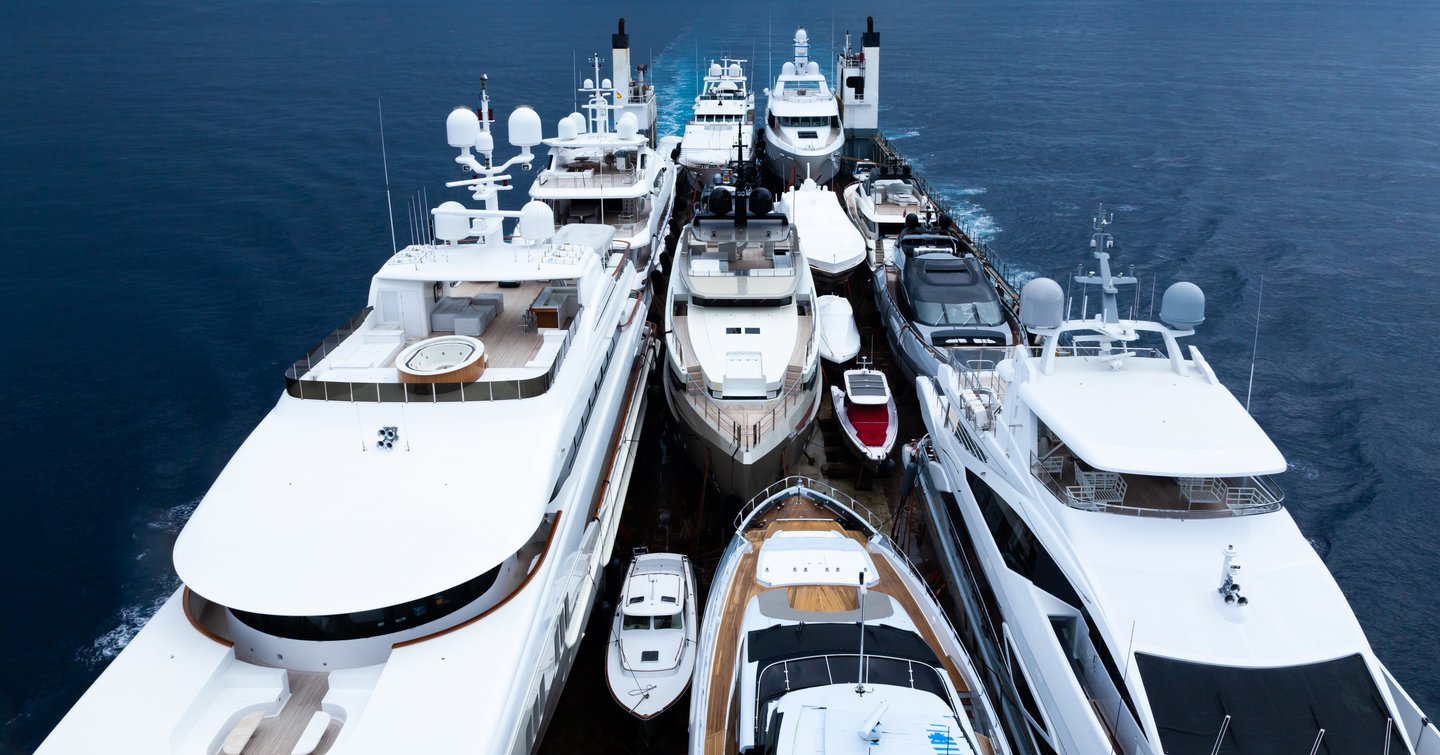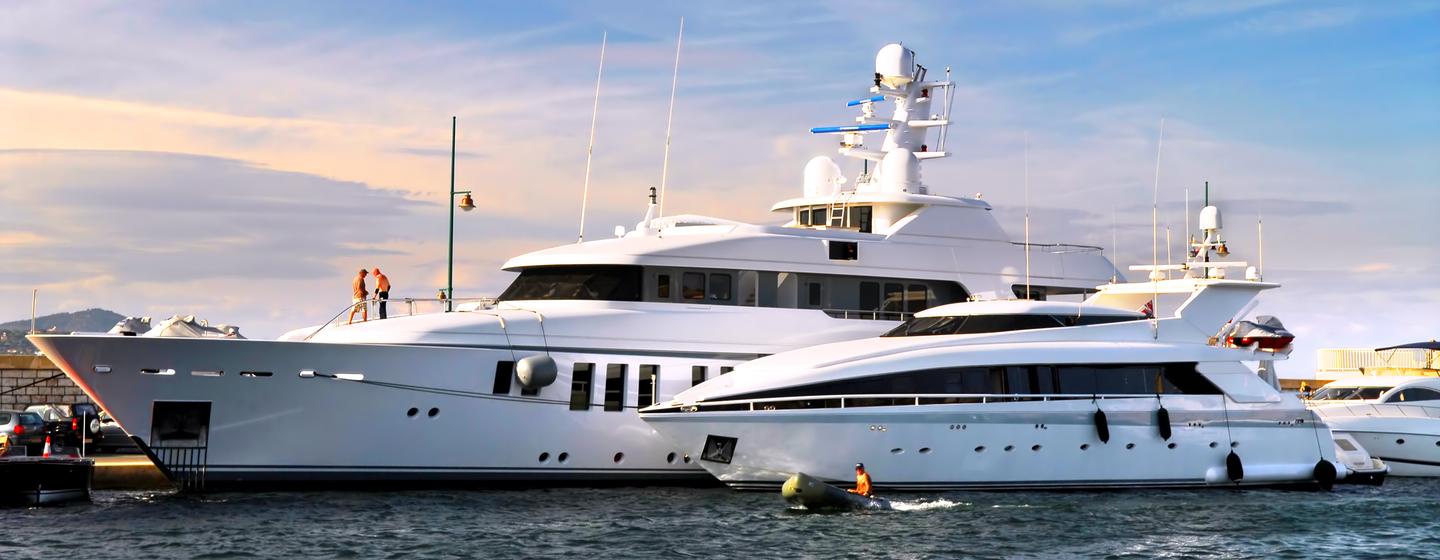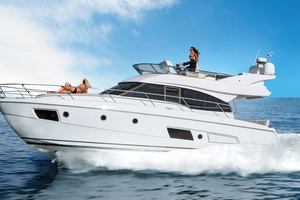At YachtBuyer, we've drawn the line at 24 meters (78.7 feet) in length. 'Vessels' under this length are classified as "boats," while those over 24 meters are designated "yachts." But why did we choose this specific cutoff?
The 24-Meter Rule
The 24-meter length is a widely recognized benchmark in the maritime industry. This length is not just a random number; it reflects the point at which a vessel’s capabilities, complexity, and usage often transition from that of a typical boat to something more luxurious and capable, a yacht.
At 24 meters, vessels typically offer more advanced navigation systems, larger living spaces, and increased range and performance. This size also usually requires more specialized crewing and maintenance, characteristics that are often associated with yachts rather than boats.

The Naming Game: Boat Builders and Yacht Branding
Interestingly, the boating industry doesn't always adhere strictly to size when it comes to naming conventions. Some manufacturers include 'yacht' in their brand names or model titles, even if their vessels are under 24 meters. This is often a marketing strategy, aiming to evoke the luxury and status associated with yachts. However, these vessels might still be categorized as boats under our 24-meter guideline, despite what the brand name suggests.

Personal Preference: When a Boat Becomes a Yacht
For many owners, the decision to refer to their vessel as a 'boat' or a 'yacht' often comes down to personal preference, regardless of size. Some boat owners with boats under 24 meters might refer to them as 'yachts' to emphasize their luxury, while others with larger yachts may simply call them 'boats' out of tradition or modesty. This blurring of lines reflects the subjective nature of the terms and the personal relationship many have with their yachts/boats.

Special Cases: Fishing Yachts and Other Outliers
What about fishing yachts? The term 'fishing yacht' often applies to large, specialized sportfishing vessels. While some might argue that these are just 'boats' due to their utilitarian purpose, their size and level of outfitting often place them squarely in the yacht category, even if their primary function is far from leisurely cruising.
Merchant Shipping Notice (MSN)
Once a boat or yacht exceeds this 24-meter threshold, it must comply with stringent safety standards, including life-saving equipment, fire safety, and structural integrity requirements.
MSN 1858 (M) Amendment 1 outlines critical safety and operational regulations for vessels over 24 meters in length. The regulations also mandate that these larger vessels be operated by a qualified crew and undergo regular inspections to maintain certification.
While the notice primarily targets commercial vessels, it also affects private yachts over 24 meters, especially if they are used for charter. The 24-meter mark is the key point where these regulations come into full effect.
The Yachtmaster Qualification
The Yachtmaster qualification, introduced by the Royal Yachting Association (RYA) in the United Kingdom, has its origins in offshore navigation for recreational boaters, particularly those navigating the English Channel. Historically, the Yachtmaster was closely tied to vessels up to 24 meters in length—a benchmark that has long been regarded as the dividing line between a 'boat' and a 'yacht'. This distinction reflects the traditional view that vessels of this size represent the upper limit of what could be considered a yacht, a perspective that still holds relevance today.
The Yachtmaster qualification was initially developed to offer structured training and certification for recreational boaters who needed the skills and experience to safely undertake offshore passages.

The Beaujolais Run
One of the early inspirations for this qualification was the Beaujolais Run—a spirited race where participants would sail across the Channel to France to collect the first bottles of Beaujolais Nouveau wine. The 150 nautical miles from a safe haven distance criterion, a key component of the Yachtmaster certification was influenced by this challenge, as it represented the typical distance from England’s major sailing ports to the French coast.
As the marine industry evolved and began formalizing qualifications for skippers, the Yachtmaster served as a foundational standard. Although originally designed for recreational boating, it was naturally adapted to meet the growing needs of professional maritime qualifications, while still reflecting the 24-meter length as a key benchmark in defining yachts.
Ultimately, whether a vessel is a boat or a yacht can depend on more than just its length. However, by adopting the 24-meter rule, at YachtBuyer we have established a clear, consistent standard for our listings, for boats and yachts for sale, while acknowledging the nuances that come with naming conventions and personal preferences.




